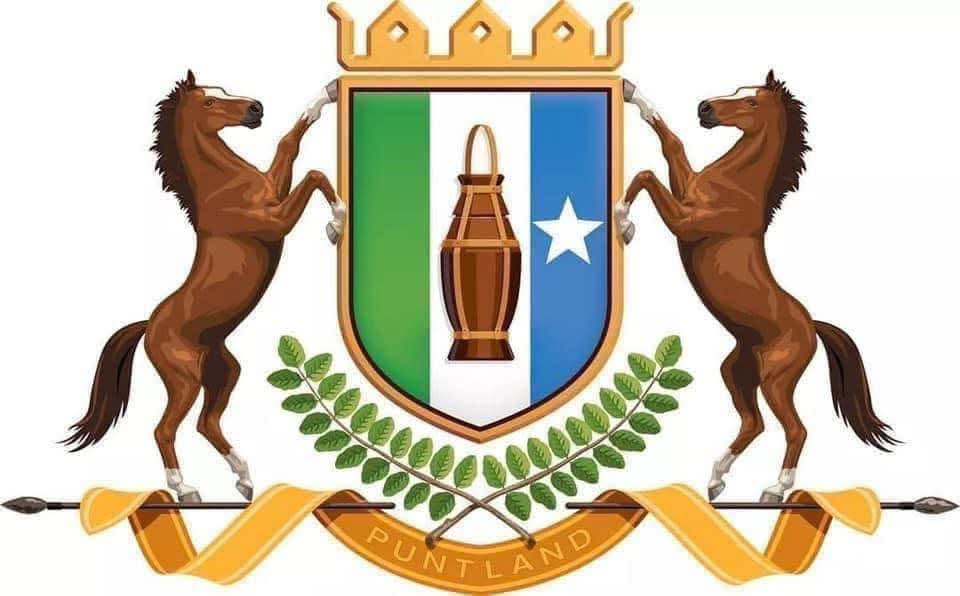By:-Ismail H Warsame
Abstract
While international counter-terrorism discourse concerning Somalia has predominantly focused on the Federal Government in Mogadishu and the threat of al-Shabaab in the south, the semi-autonomous state of Puntland has conducted a sustained, iterative counter-insurgency (COIN) campaign in its northern territories for over three decades. This article argues that through a process of tactical adaptation and strategic learning, Puntland has developed an effective, locally-led doctrine focused on severing the logistical connection between vulnerable port settlements and mountainous insurgent sanctuaries. By analyzing five distinct conflict phases from the rise of Al-Itihaad al-Islami (AIAI) to the recent offensive against Islamic State affiliates in the Cal Miskaad range, this study demonstrates how regional authorities can develop a sustainable capacity to degrade transnational terrorist cells. This history, often overlooked due to its remote theater and fragmented documentation, offers a significant case study in the primacy of terrain and logistics in asymmetric warfare. The analysis draws on United Nations monitoring reports, historical studies, and the firsthand accounts of local officials like Ismail H. Warsame to articulate a coherent narrative of Puntland’s strategic evolution.

